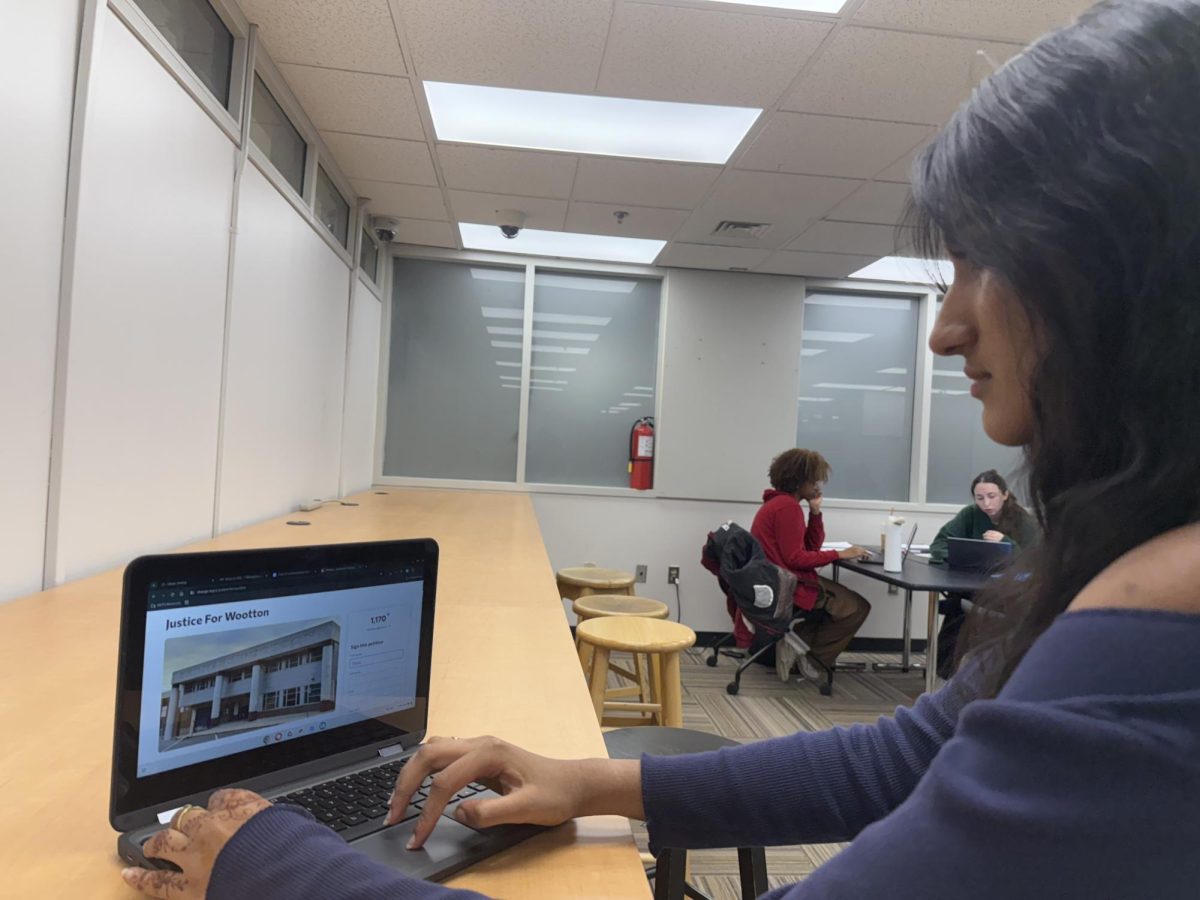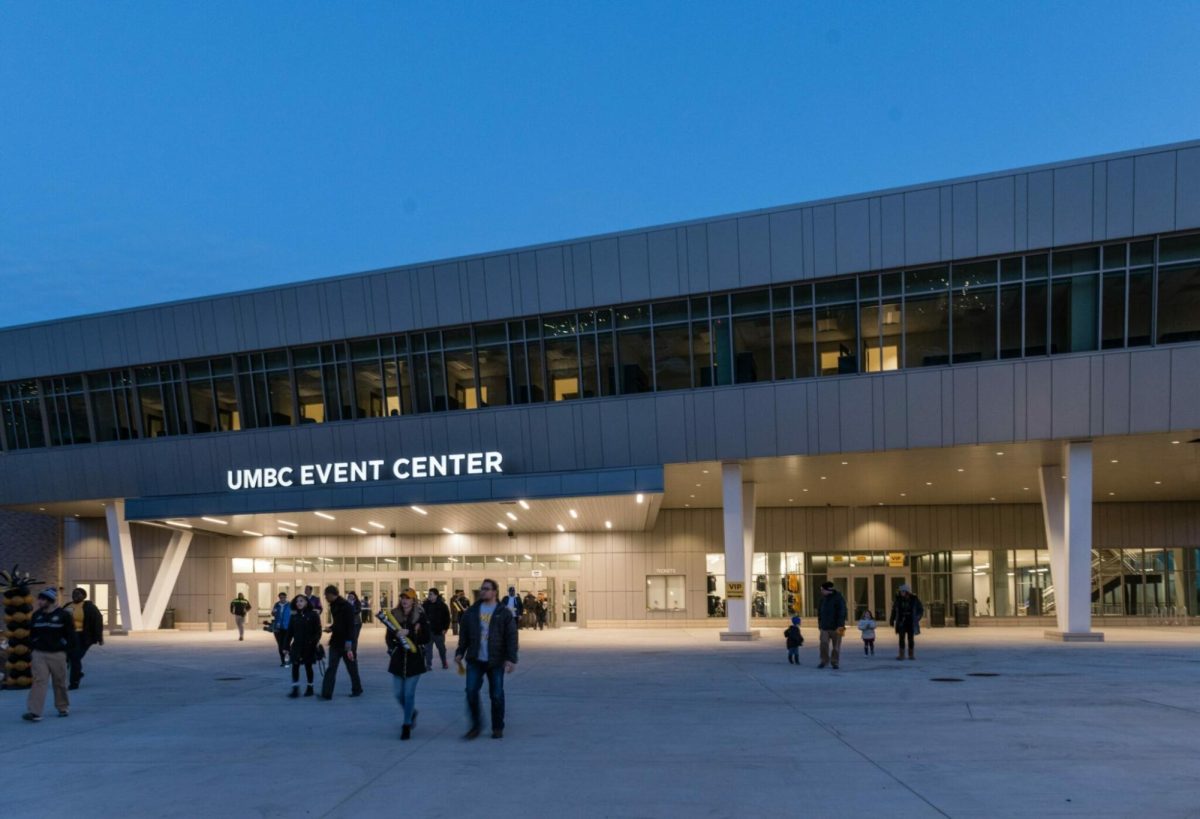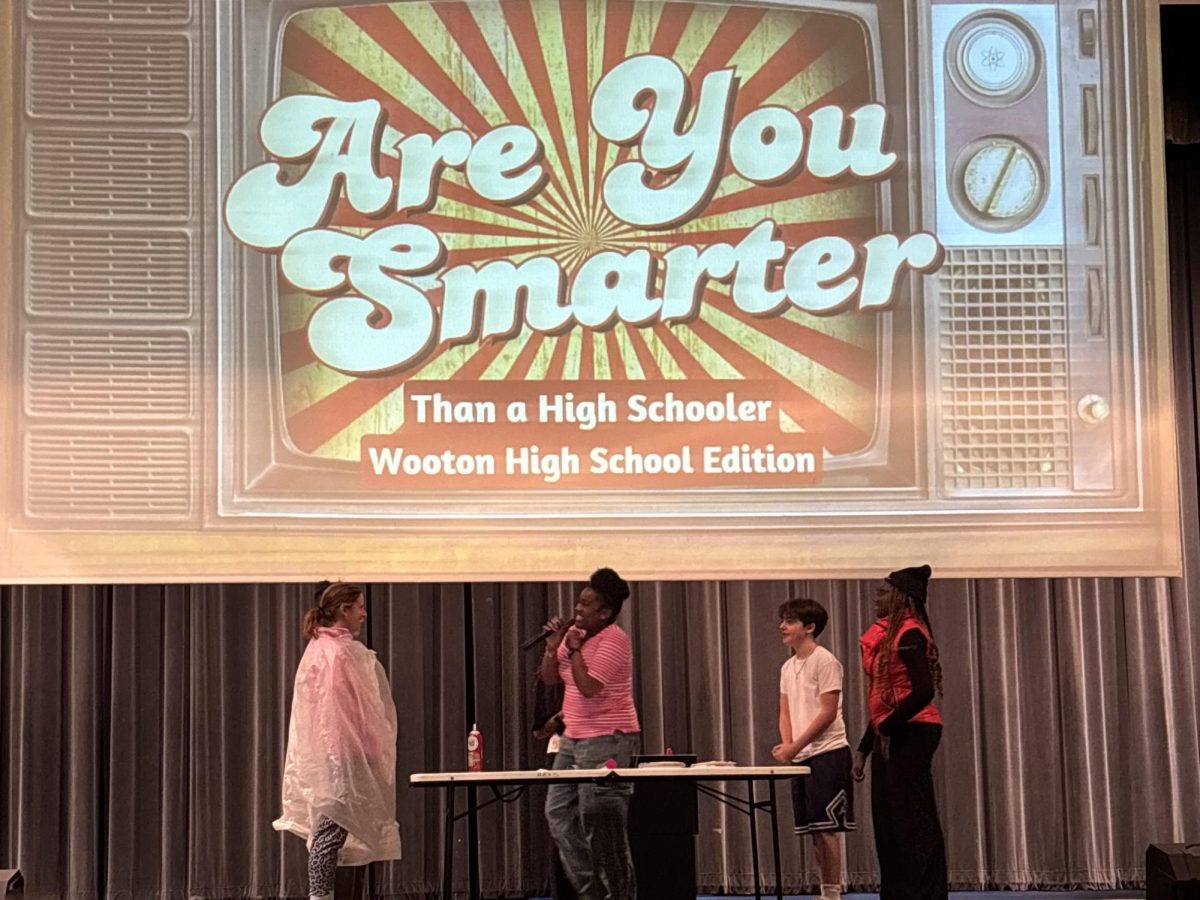Josh Levine
staff writer
It is common for classrooms to be cold when it’s hot outside and hot when it is cold outside. Nobody likes when you’re in shorts and a T-shirt and it feels like winter in your math class or when it feels like a desert and you’re wearing sweatpants and a sweatshirt.
Temperatures of classrooms have been affecting students and faculty throughout the school year. When the school year began it still felt like summer, our classrooms did not.
Classrooms were freezing and students and teachers were shivering in class making it hard to learn and concentrate. “Classroom temperatures have a strong impact on my performance in class and at times hinder me from producing my best work,” junior Matthew Kaddu said.
Classroom temperatures have been shown to affect students in the classroom, from overall performance to test scores. Studies reveal that maintaining adequate ventilation and thermal comfort in classrooms contributes greatly to student learning and performance. Proper ventilation and temperature have been proven to raise student engagement and test scores. “In my AP Lang class in room 254, it is sometimes hard to focus because of the constant cold temperatures,” junior Scotty Collinson said.
Temperature has been shown to have a tremendous impact on student performance, starting with altering mood. Improper temperature decrease memory and cognitive ability which is what affects learning ability. A study by the University of Scranton reveals that students perform best in controlled temperatures with test scores averaging in the 90th percentile. When temperatures were too hot, scores averaged in the low 70s, and at the mid-70s when they were too cold. With a cold classroom temperature of 61 degrees, students averaged a score of 76 percent. With a warm classroom temperature of 81 degrees, students averaged a score of 72 percent. Finally, while students took the test at an average temperature of 72 degrees, students achieved a score of 90 percent.
It is not just classrooms that are experiencing temperature issues. Outdoor portables are as well. Since these portable classrooms are outside in the cold, the air conditioner tends to be set at a hot temperature that upsets students and teachers. “It’s extremely hard to learn and do my work when I’m practically sweating in class,” junior Ben Bloch said.
Room 274 has also had room temperature issues that upset both students and teachers. “At the beginning of the school year, I was bringing blankets to class when it was 80 degrees outside. Now, when it’s cold outside I have a huge fan blowing constantly in my room,” math teacher Tracey Seek said.







